Unions evolved to protect workers’ contractual obligations and interests. The civilian labor force unionized in the United States has declined since 1983 when approximately 20% of American employees were members of unions. The decline in labor unions in the US is bad for working people. The union members are distributed based on occupation and industry in the US. In the US workers in occupations such as training, education, library, and protective services have the highest unionization rates. There are fewer white-collar employees unionized than the blue-collar because white-collar workers because managers are exempted from unionization and have higher wages. Male workers are more unionized than the women employees are (U.S. Bureau of Labor Statistics, 2022). Similarly, black Americans benefited from unionization as compared to their white counterparts. People aged over 25 years are more unionized than those below 25 years are. Heavy machinery company workers are more unionized than insurance company workers are because they become members of union due to contractual obligations of their work.
The decline in American labor movement was due to American workers being forced into service industries because production lines closed and American companies moved to foreign countries with cheaper labor rates. Shifts in the relative percentage of white-collar employees in the labor force have led to a decline in unionism. High number of female employees entering labor force has does not directly contribute to a decline in unionism. Union decline intensified wage inequality by dampening the nonunion workers’ pay. Nonunion work has increased for firms because it permits them to hire employees at lower wages. Unions will have to be reengaged to offer smaller securities for employees other than make big demands because motivation of employers is profit.
The percentage of wage-earning and salaried workers who are union members in the United States in 2021 was 10.3% based to the US Bureau of Labor Statistics. The unionization rate (percent) was 10.6% for men, 9.9% for women, 11.5% for African Americans, 10.3% for whites, and 9.0 % for Hispanics. Workers aged 45-54 years reported the highest union membership at 13.1% while younger workers aged between 16 and 24 years reported the lowest rate at 4.2% (U.S. Bureau of Labor Statistics, 2022). Being a union member is worth because unions protect workers’ interests and prevent them from employers’ mistreatment.
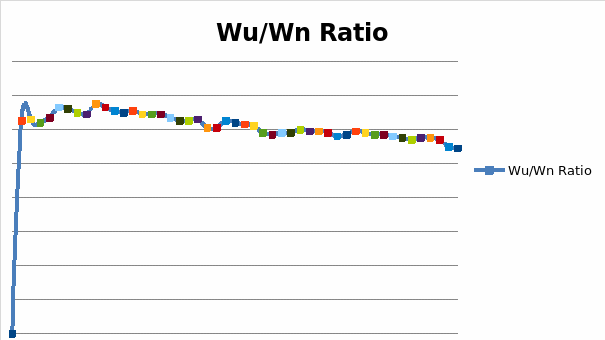
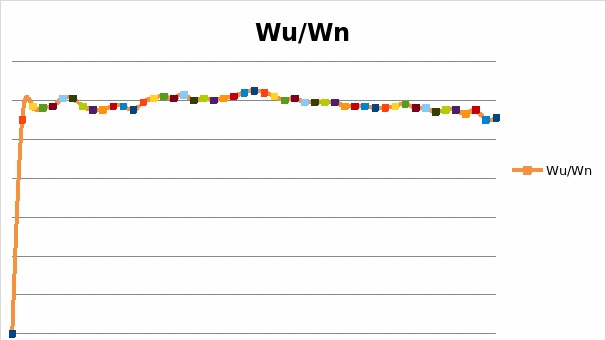
The graphs demonstrate that public workers have higher union membership rate than private workers.
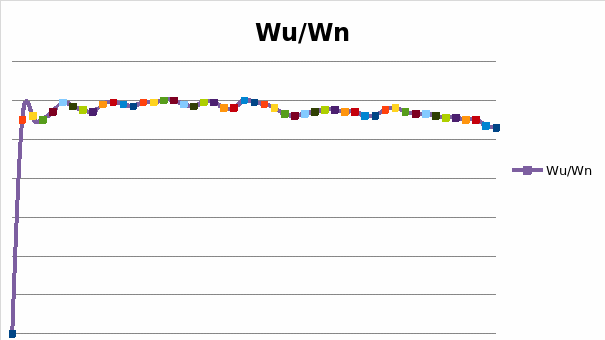
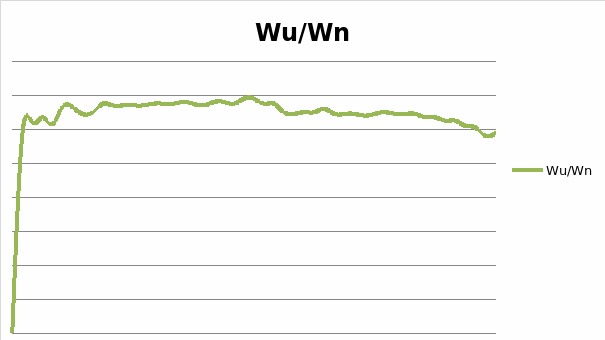
The graphs reveal that male workers have higher union membership rate than female workers.
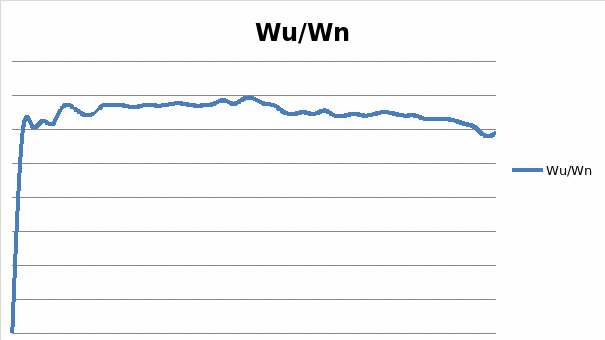
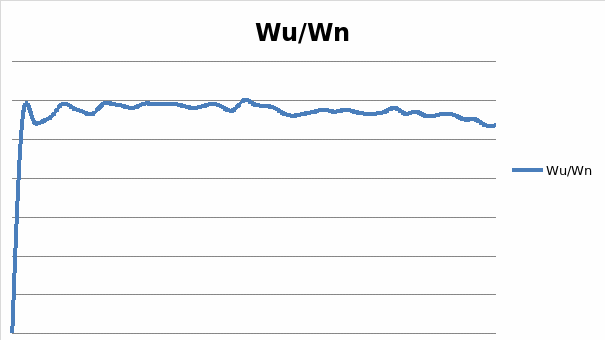
The graphs reveal that White male and female workers have dropped in their union membership rate.
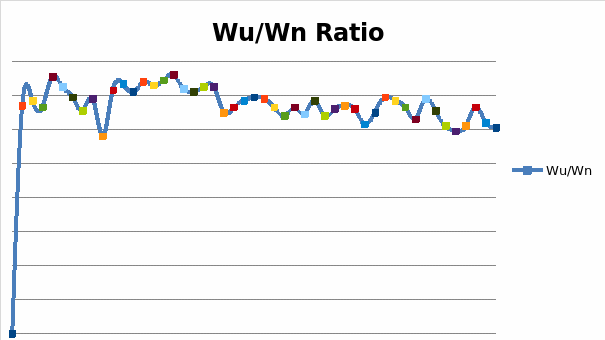
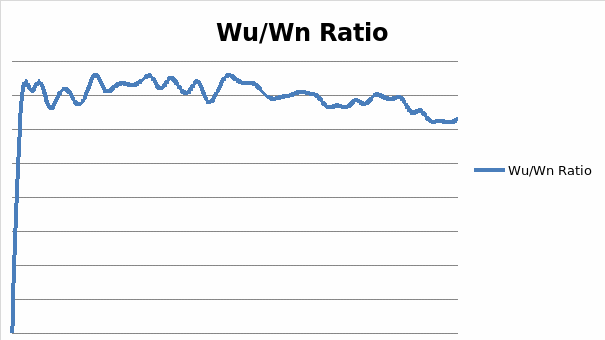
The graphs reveal that black male workers have higher union membership rate than black female workers.

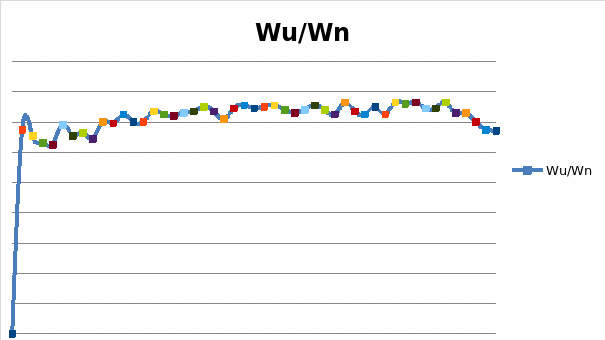
The graphs have shown that Hispanic female workers have higher union membership rate than male workers.
The combined graphs show that there is discrimination in unionization. Negative impacts of unions are imposing of work-rules that decrease efficiency in the company and union wage differentiation alters the wage structure leading to misallocation of labor between nonunion and union industries. Positive impacts of unions are unionization increases employment and wages, and promotes increases in companies’ productivity.
References
U.S. Bureau of Labor Statistics. (2022). Union members summary. Web.